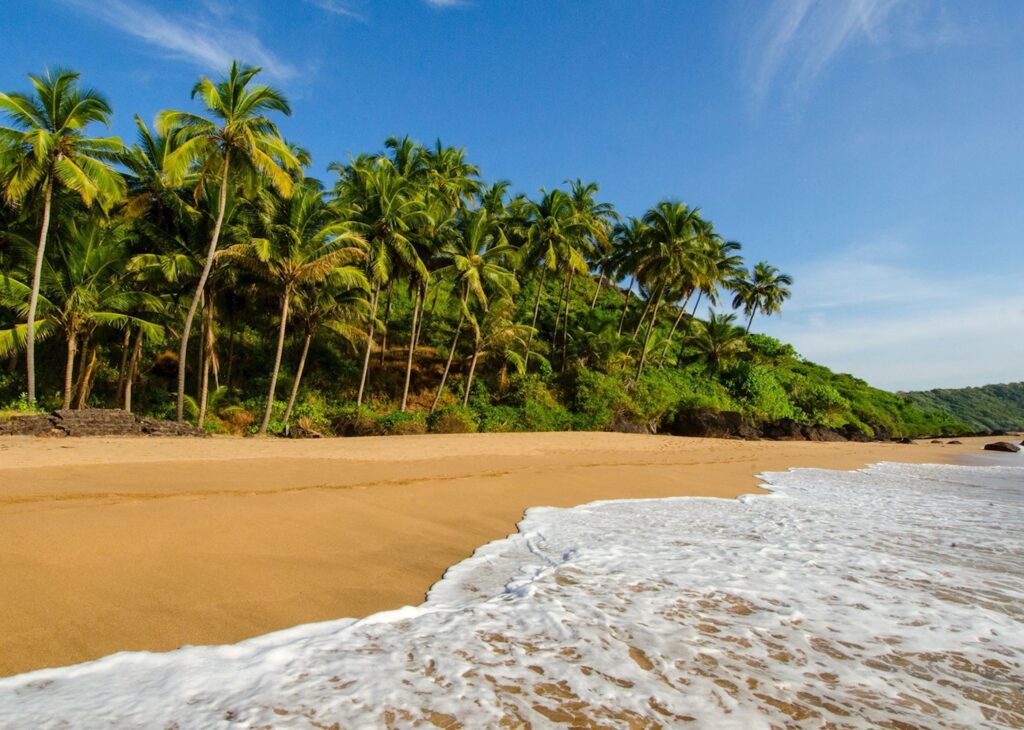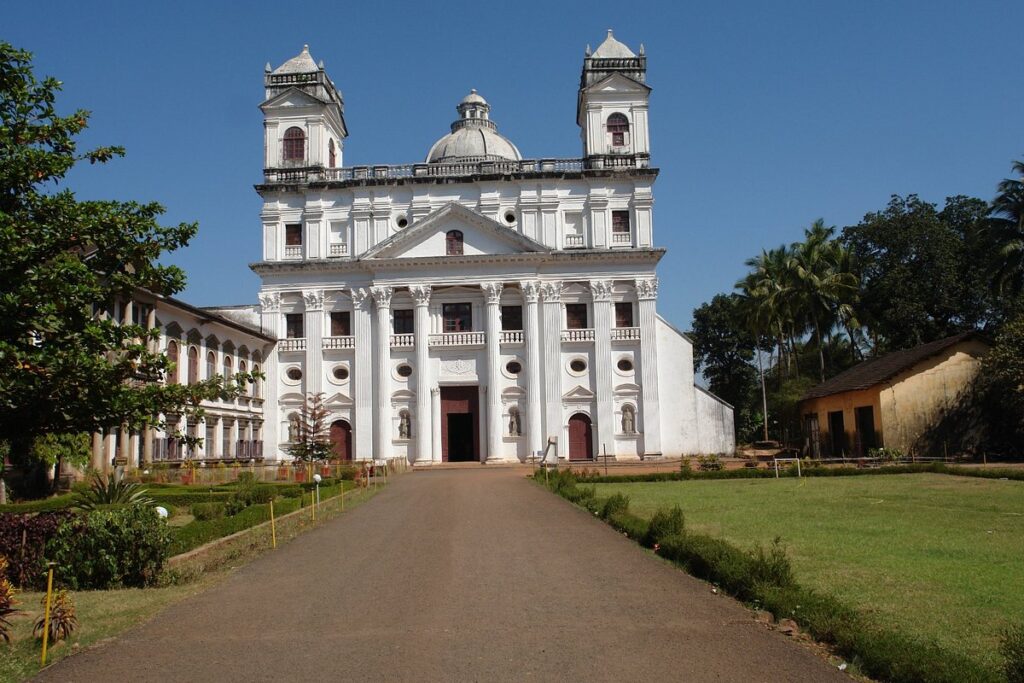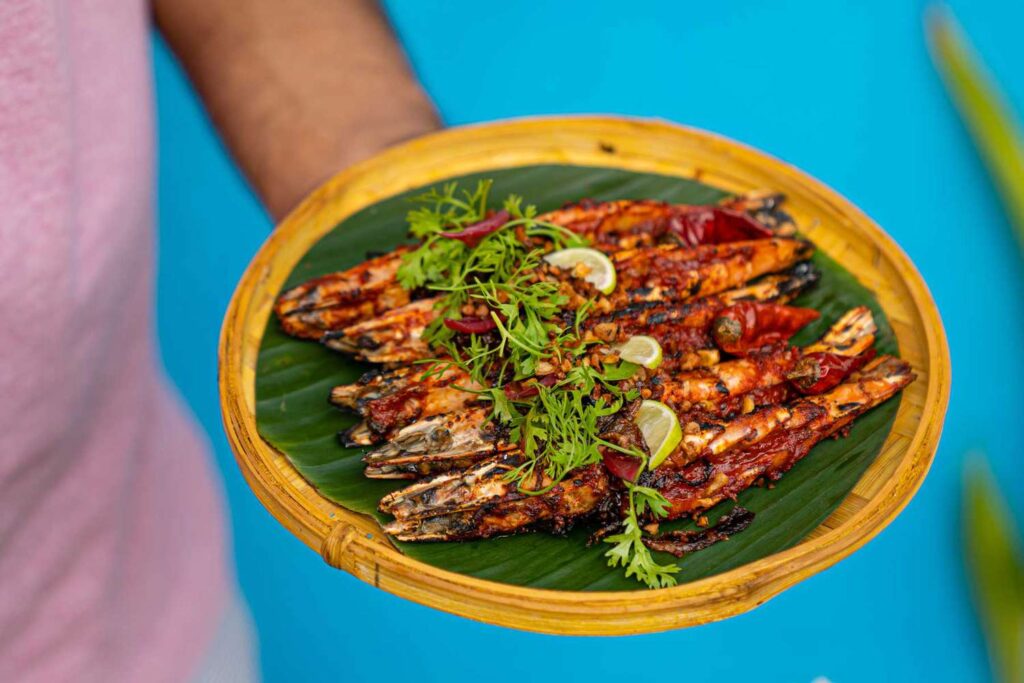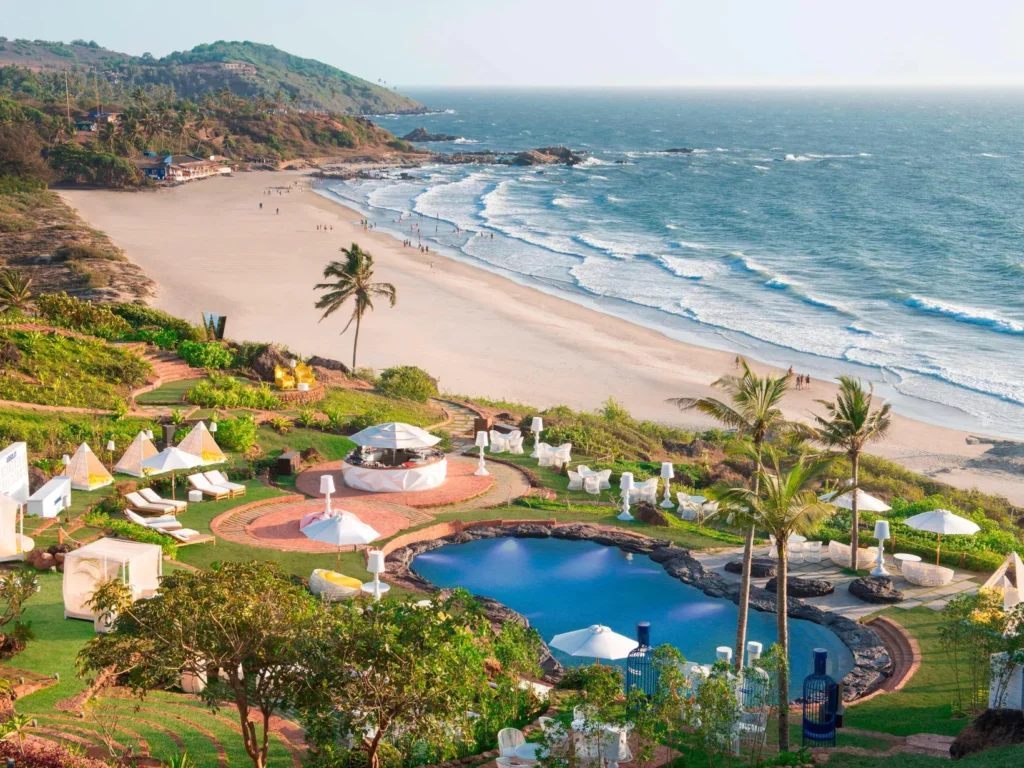
Goa

Sure Goa packages are not hard to find and probably are your best bet if you want to live the tried and tested. The popular imagination sums up Goa as a zone for dissipation limited to its beaches, hippie spots, party zones with a bustling nightlife. That’s the Goa for the inhibited and the initiates. But the state is a lot more than its commercial positioning in the travel market. The languid charm of the south Goa beaches, the calm of the churches and chapels of old Goa and impact of the Portuguese and the subsequent settlers on its cultural map. Typically, Goa tour packages offer the more touristy encounters but you can always customise your trip to include the lesser-known gems of the land. Also you will love to enjoy weekend getaways from Goa.
Places to Visit

An ode to Old Goa
A gift from the Portuguese colonisers, the heritage structures exhibiting architectural styles from the baroque, gothic to the post-colonial, the erstwhile capital of the Portuguese empire – Old Goa is dotted with churches and chapels forming a stark contrast against the sunny skies of the state. These monuments stand tall as the stoic guardians of the ethos of the respective eras they represent. One can marvel at different forms of architectural magnificence brained out from the Jesuits, Dominicans, Franciscans, Augustinians, Carmelites all leaving behind their mark on the landscape of Goa. Be it the pristine white Church of St. Cajetan with Corinthian design sensibilities or the Doric remains of Church of St. Paul, the Manuline entrance of the St. Francis of Assisi with Baroque altar, the haunting facade of the St. Augustine Tower, the imposing white facade of the Reis Magos Church, the opulence of St, Anne in Talaulim, and of course, one of the most significant landmarks and places to visit in Goa, the Basilica of Bom Jesus constructed from black granite is a stunning example of the Mosaico-Corinthian architectural style. Old Goa is not just limited to these wistful reminders of the past but many more spots to cover.

South Goa beach escape
The beach is synonymous with Goa. The 103 km-long shoreline of Goa stretches to stunning beaches from the lesser knowns to the more crowded ones. Skirting the Arabian Sea these beaches charm almost everyone catering to the diverse needs of the visitors. Look south if you want to lose yourself to the abandons of solitude. The virginal, unsullied beaches of south Goa are apt for some long-needed contemplation. Far from the crowds, these are your refuge to wallow in the unceasing silent musings. Starting from Majorda, the sands stretch along Velsao, Colva, Varca, Betalbatim, Cavelossim, Mobor, Benaulim and Betul. Head to Arossim, Cansaulim or Velsao for the swaying palms and not many souls around and these beaches are pretty close to the airport in Dabolim. Compared to the other beaches in the south, Palolem and Colva witness more tourists.

Catch a whiff of the spice plantations
Ponda city in Goa is dappled with patches of plantations and estates emanating the familiar aromas and the not so familiar too. A visit to a spice plantation is not just evocative but educational too. Learn about the production of spices and the cultivation at the very source. Book yourself a guided tour at the Savoi Spice Plantation, Tropical Spice Plantation and Sahakari Spice Farms. Savoi Plantation is among the oldest spice plantations in Goa and comprises various varieties of fruit, spice and herb plants such as cumin, cloves, vanilla, nutmeg, coriander, pepper, coconut, turmeric, cashew, and more. Spend a day at Savoi filled with interactive sessions, lunch on a banana leaf, Ayurveda consultation. A visit to the Sahakari offers you a chance to bath with elephants along with a regular offerings in a guided tour. Explore the coffee plantations at Tropical Spice Plantation. The estate not only is home to coffee plants but also houses over 70 exotic species of birds like the Kingfisher.

The culinary charms
Goan cuisine is a piquant blend of the influences from the Portuguese and the coastal flavours of the Konkan along with a few cues taken from the hippies. Presently, the Goan cuisine can be divided into two main cuisines namely the Goan Catholic and Hindu Konkan both distinct and delectable in equal parts. The staples for the Hindu Konkan are coconut and fish while the Goan Catholic cuisine uses pork, beef and vinegar in heavy doses. In between there is the hippie food culture evolved over the years with some of them having opened beach cafes and serving part fusion part contemporary food. Try the feni – the quintessential Goan drink which comes in variants such as Caju feni made from fermented cashews. Other local drinks to try are the toddy and Port wines which can be bought from the flea markets apart from the shops. Some interesting places to eat in Goa are Noronha’s for quick tidbits, Surya Beach Cafe for some lip-smacking seafood, Pousada for the Goan food, the French restaurant La Plage, and Ciao Bella for Italian fare.

Collect curios at the flea markets
Set up and popularised by the hippies who settled here, flea markets have been in existence for long now and are the defining wedge of the cultural landscape of Goa. Most of these flea markets set shop during the peak tourist season i.e. from November to March. On a breezy Wednesday head to Anjuna – the most famous Goan flea market there is. The place offers interesting finds ranging from jewellery to trinkets, hammocks, sarongs, scarves, t-shirts and more. Explore the Saturday night market in the Arpora district which remains open from 6 pm till 2 am living up to the archetypal Goan bustle. The bazaar has on display the various stalls exhibiting spices, handicrafts, clothes et al with live music performances. The market is in full swing during Christmas. Arambol street market in the quaint eponymous village is another bazaar you need to check out while in Goa for its round the year availability and cheaper prices than other flea markets. Visit between 10 am to 9 pm daily to shop for knick-knacks.
When to visit Goa

The climate of Goa can be defined as tropical monsoon with an year-round pleasantness. The seasons in Goa can be categorised into: dry season and the monsoon. The southwest monsoon hits the shores of Goa in June and lasts till September. This is when it pours down the hardest with July being the wettest month. The best time to visit Goa is from October to March which is also the high season with tourists flocking to the green state thanks to breezy evenings and balmy days. The peak month of December sees a footfall of tourists leading to a steep pricing in accommodation and beach activities. The temperature in December hovers around 32 degree Celsius. The period from April to May is off season with mercury rising to 37degree Celsius resulting in a dip in hotel prices. Check out the Cheap air tickets soon to brag the flight tickets on reasonable prices.